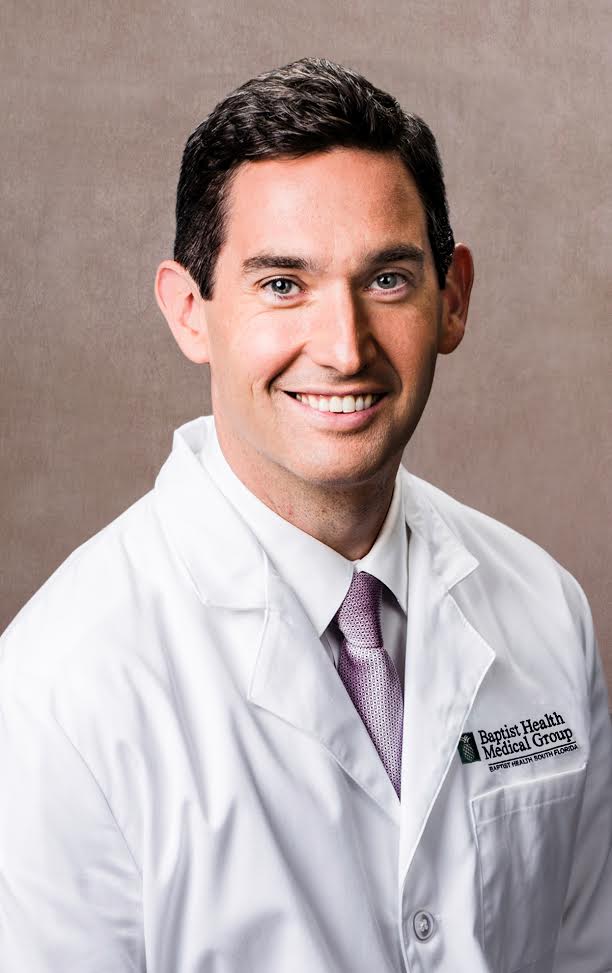Surgeons are increasingly performing total joints on an outpatient basis. Orthopedic surgeon Alexander van der Ven, MD, has seen the industry transform since he began practicing in 2005, with technological advancements paving the way for total joints to shift to the outpatient setting.
 "The most notable change is the transition from a lengthy patient stay at the hospital to the outpatient surgical world," says Dr. van der Ven. "This is made possible by technological advancements that allow us to communicate quite easily. With a free flow of information, we can easily share and learn from other peoples' experiences so that all can benefit."
"The most notable change is the transition from a lengthy patient stay at the hospital to the outpatient surgical world," says Dr. van der Ven. "This is made possible by technological advancements that allow us to communicate quite easily. With a free flow of information, we can easily share and learn from other peoples' experiences so that all can benefit."
Dr. van der Ven has been with Miami Orthopedics & Sports Medicine Institute at Baptist Health South Florida since 2011. He performed Baptist Health’s first outpatient joint replacement January 2016. He explains the outpatient surgical procedure is identical to an inpatient procedure with the primary difference resting in the patient's pre-surgical preparation. During this period, a patient's surgical team has to ensure the patient has a support system on board all the while ensuring the surgical team has firm pain protocols in place.
Because patients are discharged same-day, the surgical team must ensure they have a strong support system and encourage them to take charge of their recovery following discharge. If all these boxes are checked, the patient could benefit tremendously from undergoing this procedure on an outpatient basis.
"The main benefit is the ability to empower patients by treating them as if they were healthy, not the traditional technique of treating them as if they were sick," Dr. van der Ven notes. "The patient is able to go home the same day of surgery and sleep in their own bed, eat their own food and enjoy the comfort of their own home. We want to help them regain their quality of life and independence quickly."
Despite facilities successfully performing outpatient total joints, many healthcare providers still are hesitant to transition these cases out of the inpatient setting due to fear of complications. Patients too are often skeptical about undergoing a total joint procedure and going home the same day. Therefore, patient selection is key as the patients who will take control of their recovery and feel confident will fare well following the procedure.
"A lot of patients are afraid and family members are skeptical, too. It takes a patient who is qualified (healthy patients who meet certain criteria) and motivated to do this," Dr. van der Ven says. "We don't want to force patients out of the hospital if they're not ready. We want to accommodate patients, and this is a way to accommodate certain patients. The biggest factor hindering outpatient total joint growth is still reluctance by the patient as well as some healthcare providers."
More articles on devices:
5 largest segments in orthopedics by product sales: Joint reconstruction has 35%
Carestream’s cone beam CT system receives FDA clearance: 4 things to know
Zimmer Biomet launches individualized TKA implant: 3 notes


